The Way Forward
A 2016 AMA summit described burnout as a matter of “absolute urgency.” Healthcare leaders have publicly pledged to systematically track and measure physician well-being. The AMA, Stanford and the Mayo Clinic are developing a national consortium on physician wellness.
ZERO PAPERWORK, EFFORTLESS DATA CAPTURE
Making doctors’ lives easier is a booming business. The healthcare AI sector is growing 50% a year, and is expected to top $10 billion in 2023. Some early standouts:
-
AUGMEDIX
uses AR headsets to stream doctor-patient interactions to remote scribes, reducing documentation time by 80% and saving doctors up to three hours a day.
-
HEALTHTENSOR
reviews data in patients’ medical records to help doctors instantly pick the correct ICD codes for diagnoses and procedures— out of 68,000 possible choices.
-
CLOUDMEDX
combs through patients’ medical histories and clinical databases to give doctors real-time risk assessment and decision support during patient visits.
WAYS TO IMPROVE PHYSICIAN MORALE
-
Optimize physician support in the practice environment
-
Train healthcare leaders to foster physician engagement
-
Improve physician career fit
-
Foster a sense of community and flexibility, thereby giving physicians more control
-
Create programs for physician well-being
Improvement will accelerate as physician wellness is tied to existing metrics: patient satisfaction, quality of care, productivity. In addition to more traditional cost centers (supplies, capital equipment), healthcare organizations will account for the true price of physician burnout. Standout organizations will highlight physician satisfaction to boost recruiting.
Complicated EHR systems are the bane of physicians’ workdays. Most doctors spend almost twice as much time wrestling with EHRs and other desk work as they spend with patients. In order to retain physicians, hospital systems will pressure existing EHR vendors to improve user interfaces— or they will upgrade to new, improved EHR systems.
In the near term, hospitals and practices will unburden physicians of clerical/administrative duties via medical scribes, who follow doctors through their clinical rounds, taking notes and completing data-entry tasks. Studies show that scribes have a positive impact on both physician satisfaction and productivity. By 2020, the number of medical scribes helping doctors is projected to jump to 100,000, a 5× increase from 2014.
Doctors’ experience in the workplace will improve even more dramatically through the 2020s, as automated data collection and AI-powered decision support unburden them from routine tasks, streamline complex processes and reduce the stress of sifting through patient data to find needles in medical record haystacks.
